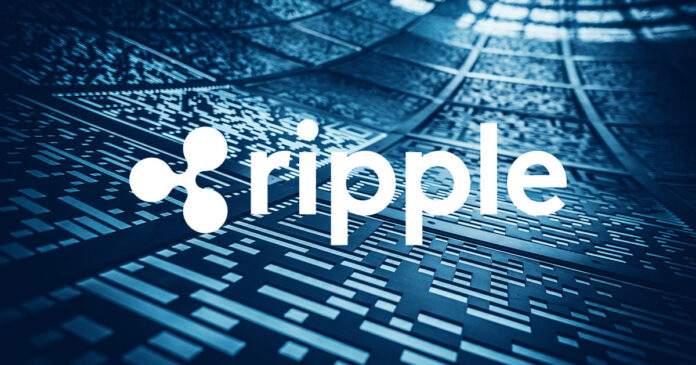Ripple confirms that federated sidechains are coming. The implementation will vastly increase the use cases of the XRP Ledger, including adding DeFi, NFT, and smart contract capabilities.
“You asked, we listened. We’ve introduced Federated Sidechains to the #XRPLedger so that you can enjoy the power of the #XRPL on a sidechain that acts as its own #blockchain. Learn about new use cases like native #DeFi capabilities and smart contracts.”
While the company confirms cross-border payments remain its “bread and butter,” federated sidechains will open up a world of possibilities for Ripple going into the future.
What’s more, speculation is mounting that Ripple has its eye on a bigger prize. Namely, using sidechains to capture the central bank digital currency (CBDC) market.
Ripple CTO explains why sidechains are necessary
In a recent interview with YouTube channel Thinking Crypto, Ripple CTO David Schwartz explained federated sidechains as:
“The general idea is to enhance the utility of the XRP Ledger by essentially having additional ledgers that sort of, literally, sit to the side of it.”
The thinking behind this concept is to separate functionality over different chains. That way, the mainchain, which is used for payments in Ripple’s case, remains quick and cheap to use.
“If you try to put everything on a single chain, what happens is the chain gets slow and it gets expensive, and it degrades the ability of people to use it for simple payments.”
Schwartz said they could have built smart contracts etc., into the mainchain. But neither he nor the XRP community would have accepted that because being “the best digital asset for payments” really matters.
The central bank digital currency play
Ripple announced a pilot project for CBDCs in March of this year. This project is based on the XRP Ledger, which has over eight years of history as a reliable, secure, and highly scalable payment system.
However, in catering to central banks, it also offers transaction privacy and more control than a standard public ledger.
What’s more interesting is the interoperability aspect of this project. Ripple says these private ledgers are able to connect with existing legacy infrastructure, as well as with each other.
This presents an intriguing prospect when thinking about cross-border settlements occurring on the same network via sidechains.
“We are also working on a fresh approach where Central Banks will be able to join a network of CBDC Ledgers that enables full settlement interoperability, while allowing each member to retain their monetary and technological independence.”
While today’s announcement did not mention CBDCs, it’s hard not to put two and two together.
Get an edge on the cryptoasset market
Access more crypto insights and context in every article as a paid member of CryptoSlate Edge.
On-chain analysis
Price snapshots
More context
Join now for $19/month Explore all benefits
Like what you see? Subscribe for updates.
Credit: Source link






















 Bitcoin
Bitcoin  Ethereum
Ethereum  XRP
XRP  Tether
Tether  Solana
Solana  USDC
USDC  Dogecoin
Dogecoin  Cardano
Cardano  Lido Staked Ether
Lido Staked Ether  TRON
TRON  Wrapped Bitcoin
Wrapped Bitcoin  Wrapped stETH
Wrapped stETH  Chainlink
Chainlink  Avalanche
Avalanche  Sui
Sui  Stellar
Stellar  Litecoin
Litecoin  Shiba Inu
Shiba Inu  Toncoin
Toncoin  Hedera
Hedera  LEO Token
LEO Token  USDS
USDS  Hyperliquid
Hyperliquid  Polkadot
Polkadot  WETH
WETH  MANTRA
MANTRA  Bitcoin Cash
Bitcoin Cash  Ethena USDe
Ethena USDe  Bitget Token
Bitget Token  Wrapped eETH
Wrapped eETH  Uniswap
Uniswap  Monero
Monero  NEAR Protocol
NEAR Protocol  Pepe
Pepe  WhiteBIT Coin
WhiteBIT Coin  Aave
Aave  Ondo
Ondo  Bittensor
Bittensor  Aptos
Aptos  Internet Computer
Internet Computer  Dai
Dai  Official Trump
Official Trump  Ethereum Classic
Ethereum Classic  Mantle
Mantle  Tokenize Xchange
Tokenize Xchange  OKB
OKB  Gate
Gate  sUSDS
sUSDS  Coinbase Wrapped BTC
Coinbase Wrapped BTC 
